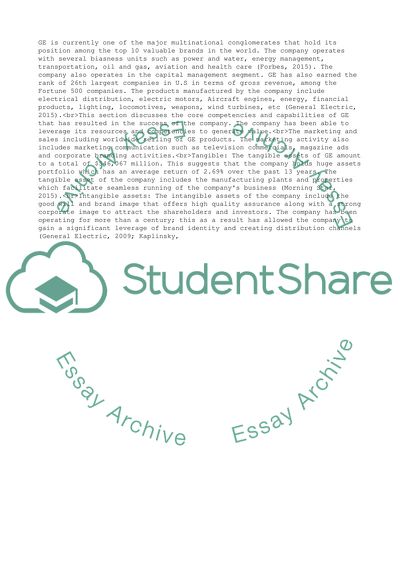Cite this document
(“Case study: General Electric (GE) 04257 Essay Example | Topics and Well Written Essays - 3000 words”, n.d.)
Case study: General Electric (GE) 04257 Essay Example | Topics and Well Written Essays - 3000 words. Retrieved from https://studentshare.org/management/1695679-case-study-general-electric-ge-04257
Case study: General Electric (GE) 04257 Essay Example | Topics and Well Written Essays - 3000 words. Retrieved from https://studentshare.org/management/1695679-case-study-general-electric-ge-04257
(Case Study: General Electric (GE) 04257 Essay Example | Topics and Well Written Essays - 3000 Words)
Case Study: General Electric (GE) 04257 Essay Example | Topics and Well Written Essays - 3000 Words. https://studentshare.org/management/1695679-case-study-general-electric-ge-04257.
Case Study: General Electric (GE) 04257 Essay Example | Topics and Well Written Essays - 3000 Words. https://studentshare.org/management/1695679-case-study-general-electric-ge-04257.
“Case Study: General Electric (GE) 04257 Essay Example | Topics and Well Written Essays - 3000 Words”, n.d. https://studentshare.org/management/1695679-case-study-general-electric-ge-04257.


